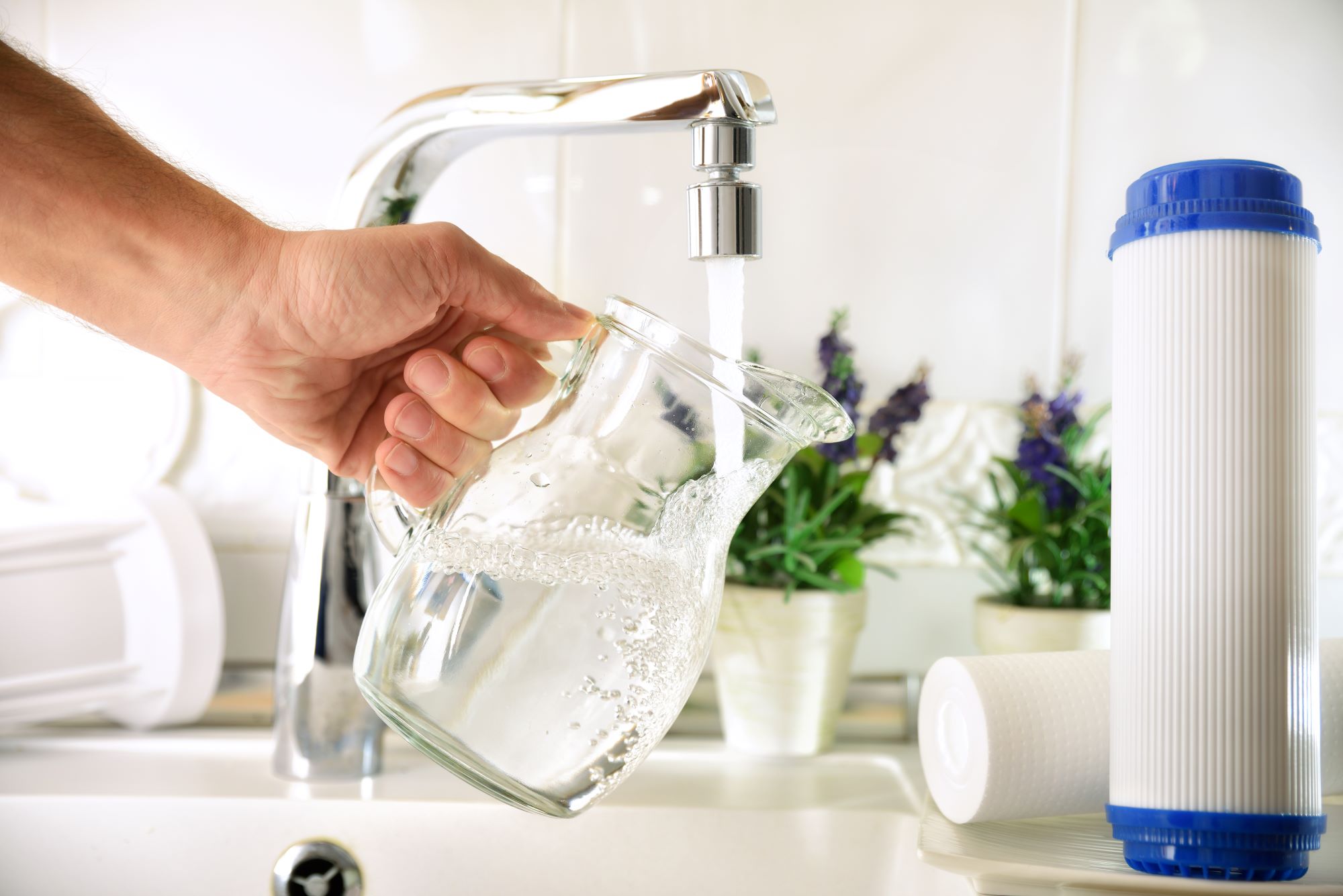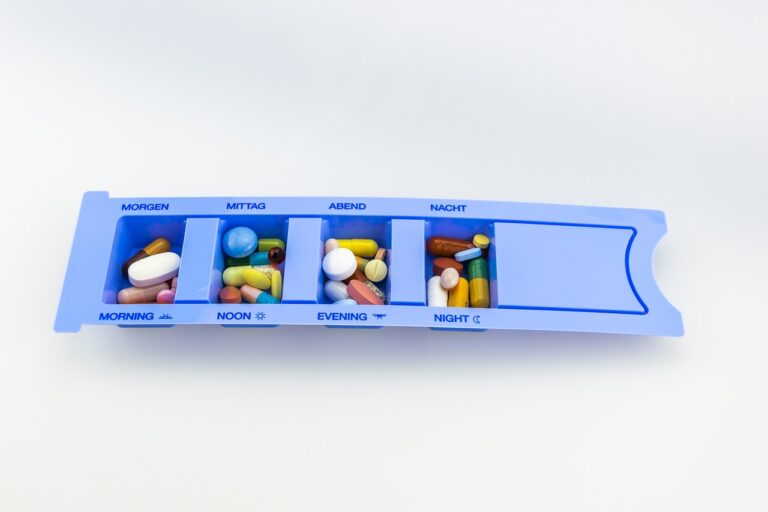4 Ways To Improve Water Quality At Home
Water quality plays a vital role in the health and well-being of every household. Quality water is not only essential for hydration, but it is also crucial for cooking, cleaning, and maintaining personal hygiene. Despite the necessity of clean water, many homes grapple with issues affecting their water quality, often unrecognized by the residents.
These issues may range from high mineral content, often described as ‘hard water,’ to more serious concerns like bacterial contamination or the presence of harmful chemicals. The journey to improving the water quality in a home starts with understanding what constitutes quality water and identifying potential issues.
Understanding Water Quality
Essentially, the term ‘water quality’ denotes how suitable water is for a specific purpose, which, in the context of a home, includes drinking, bathing, and cooking.
Contaminants can vary widely based on location and the source of the water. They may include naturally occurring minerals like calcium and magnesium that cause water hardness, or potentially harmful contaminants like lead, which can leach into water from old pipes.
Other common contaminants found in home water supplies include chlorine, used in water treatment but can impart an unpleasant taste and smell, and various bacteria or viruses, which can pose health risks.

Regular water testing is a crucial part of ensuring water quality at home. It might be easy to assume that the water flowing from the tap is safe and clean, but without testing, it’s impossible to know for sure. Water tests are designed to identify specific contaminants, including bacteria, lead, pesticides, nitrates, chlorine, pH, and hardness.
Testing can provide peace of mind, knowing that the water is safe, or it can be the first step in identifying a water quality issue. In essence, understanding the current quality of water sets the stage for improving it, which is the core focus of this article.
Ways To Improve Water Quality
Securing clean, safe, and quality water at home is not a daunting task. With a combination of routine checks and the adoption of proven solutions, significant improvements can be achieved. Aside from regular water testing, here are some strategies to consider:
- Water Filtration Systems
Filtration is an effective method of removing unwanted substances from your water. Different types of filtration systems offer various levels of purification.
- Pitcher Filters: These are a low-cost and convenient option. They use activated carbon to reduce contaminants like chlorine, but their effectiveness against other contaminants varies.
- Faucet-Mounted Filters: These offer a step up in contaminant removal compared to pitcher filters. They are easy to install and can filter larger volumes of water without needing frequent cartridge changes.
- Under-Sink Filters: These systems can remove a wider range of contaminants. They require installation under the sink but can filter all the water that comes through the faucet.
- Whole-House Filters: These systems are installed at the point where water enters the home, filtering all the water used in the house. They are most effective for removing sediment and reducing chlorine.
Choosing the right water filtration system largely depends on the specific water quality issues in your home, and investing in such a system can significantly enhance the safety of your household.
- Use Of Water Softeners
Water softeners are another tool in the quest for improved water quality. These devices work by removing minerals like calcium and magnesium that cause water hardness – a common issue that can lead to scale buildup in pipes and appliances.
- Proper Plumbing Maintenance
Proper plumbing maintenance is also crucial for good water quality. Old, corroded pipes can leach contaminants like lead into the water. Therefore, regular inspection and replacement of outdated plumbing components can significantly improve water quality.
- Flushing Your System
Flushing the system, running the water until it is cold before use, can also help, especially in homes with lead pipes or fixtures. This process ensures water used has not been sitting in the pipes, where it may have been in contact with harmful materials.
After considering various methods to enhance water quality, it becomes crucial to highlight the potential health implications of neglecting such improvements.
Impacts Of Poor Water Quality On Health
The presence of various contaminants in water can have a wide array of effects on human health. Take, for example, lead, a potent neurotoxin. Exposure to lead in drinking water can cause developmental issues in children, such as learning difficulties and slowed growth, while in adults, it can result in kidney problems and high blood pressure.
Another common contaminant is chlorine. While it’s often used as a disinfectant in public water supplies, excessive amounts can lead to respiratory issues like asthma, and over time, it may even increase the risk of certain types of cancer. These examples underscore the importance of maintaining water quality at home to safeguard the health and well-being of all household members.
Certain populations are especially vulnerable to the effects of these water contaminants. This includes children, the elderly, and individuals with weakened immune systems. These groups may experience more severe or more frequent health issues related to poor water quality, underscoring the importance of vigilant monitoring and proactive measures to ensure water safety in homes.
Prolonged consumption of contaminated water can silently and gradually affect the health of individuals, emphasizing the significance of consistent efforts in maintaining and improving water quality.
Conclusion
The quality of water that flows from your taps is not a matter to take lightly. The potential health implications of poor water quality, particularly when experienced over the long term, are significant and wide-ranging. Each household has the power to influence its water quality positively.
Don’t wait for problems to emerge before taking action. Be proactive about water quality—it’s an investment in health, comfort, and peace of mind.




3 Comments